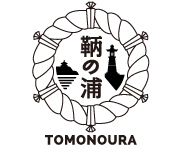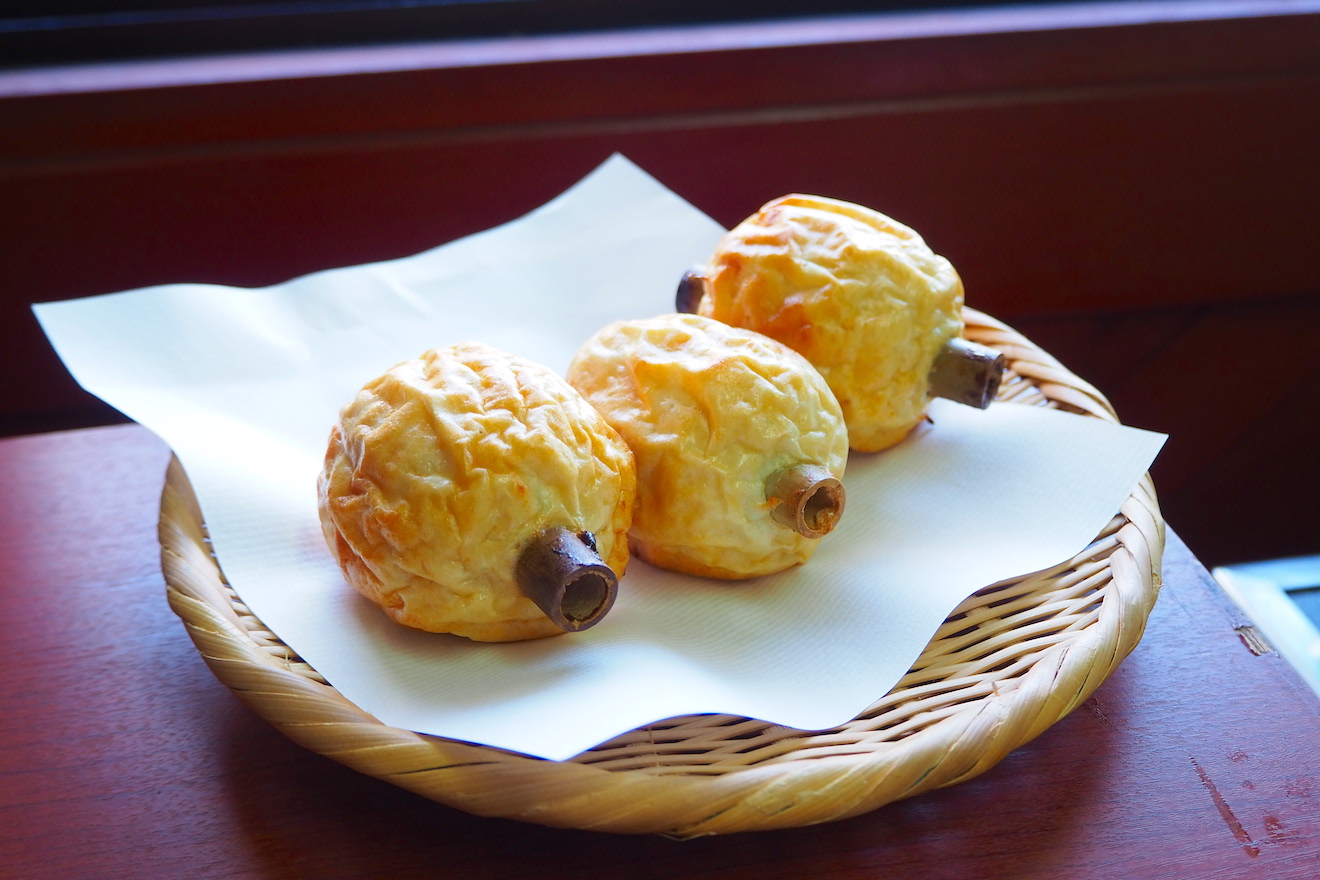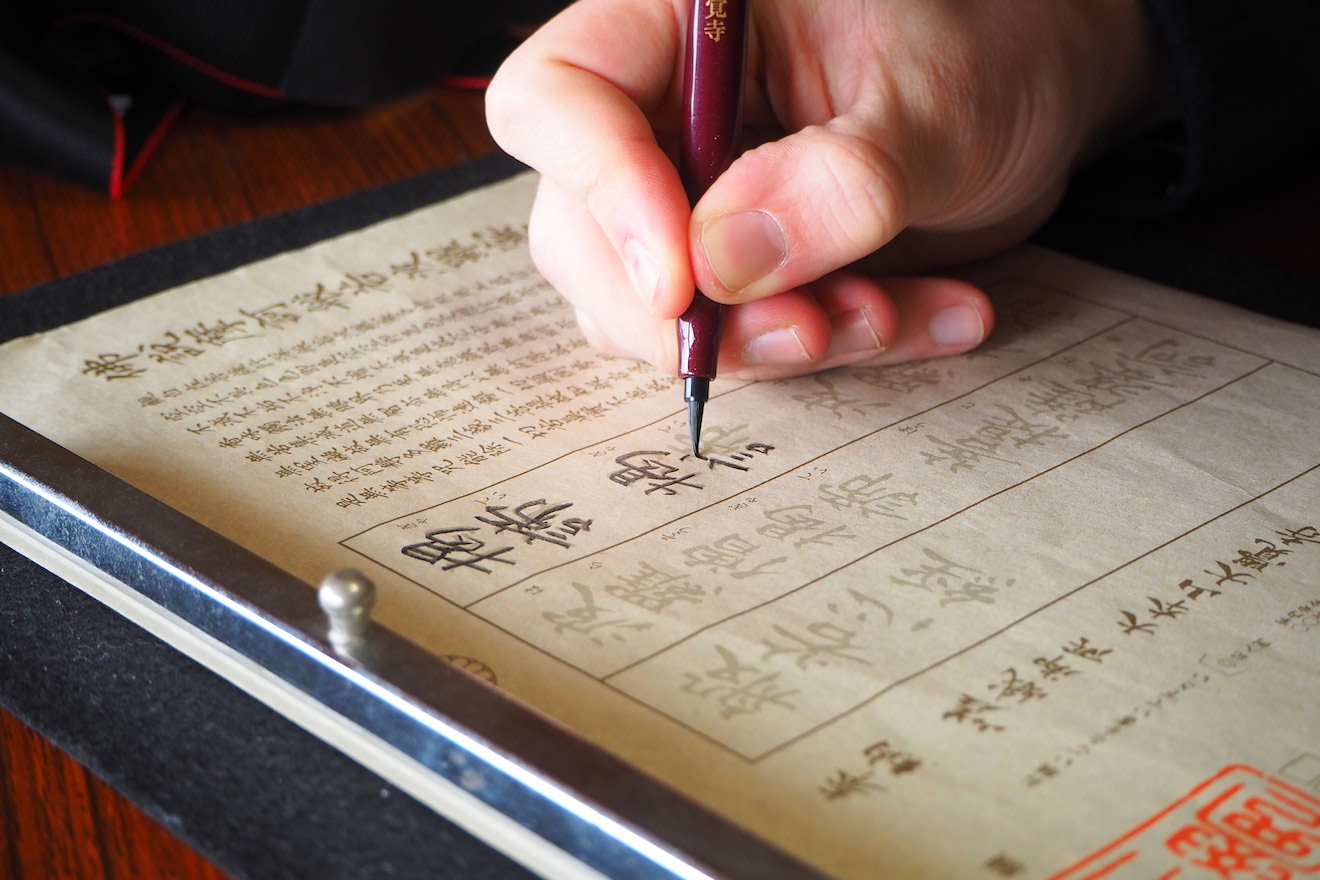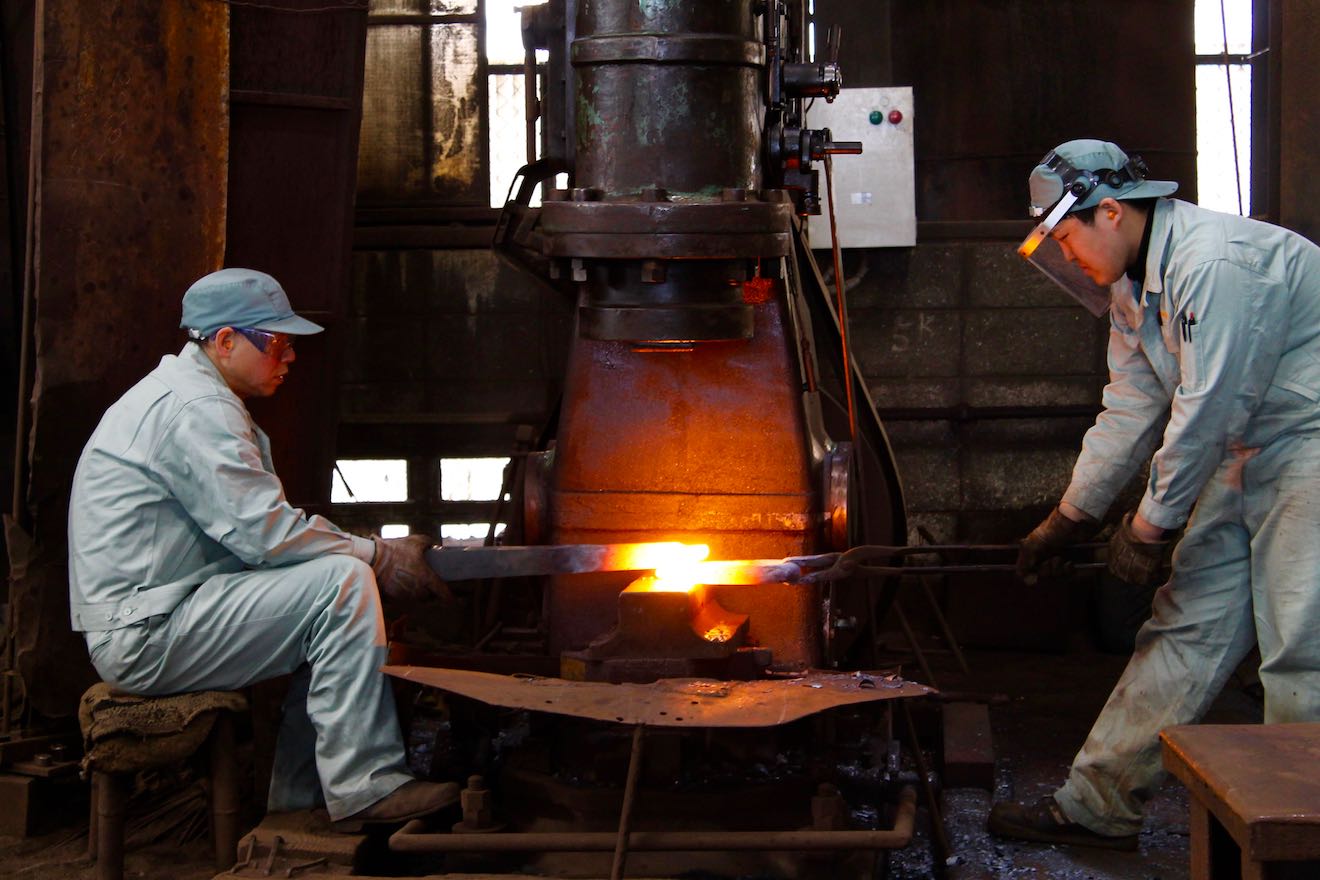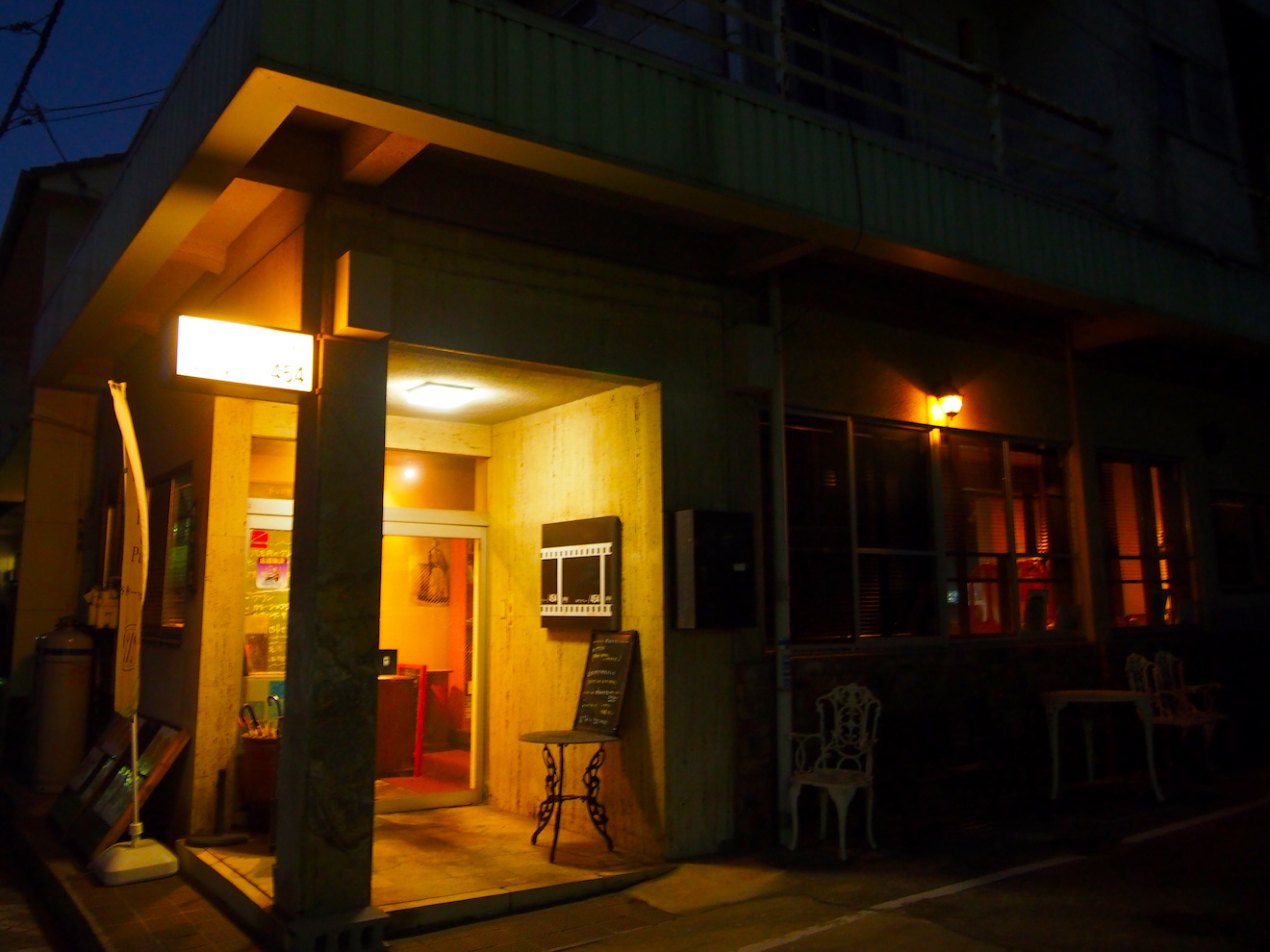Chikuwa may not have name recognition overseas, but the tube-shaped fish paste cake is beloved throughout Japan and commonly made in coastal areas. Like the American hot dog, however, chikuwa is a staple that is widely consumed but not well understood, or at the very least bought commercially and not considered a home-cooked dish. Tomonoura’s Amochinmi dispels with the mystery through its popular chikuwa-making classes. The producers of a popular brand of chikuwa in the region, Amochinmi has courses on offer that range from 10 minutes to 45 minutes at its main production facility on a hillside overlooking Tomonoura’s historic port.
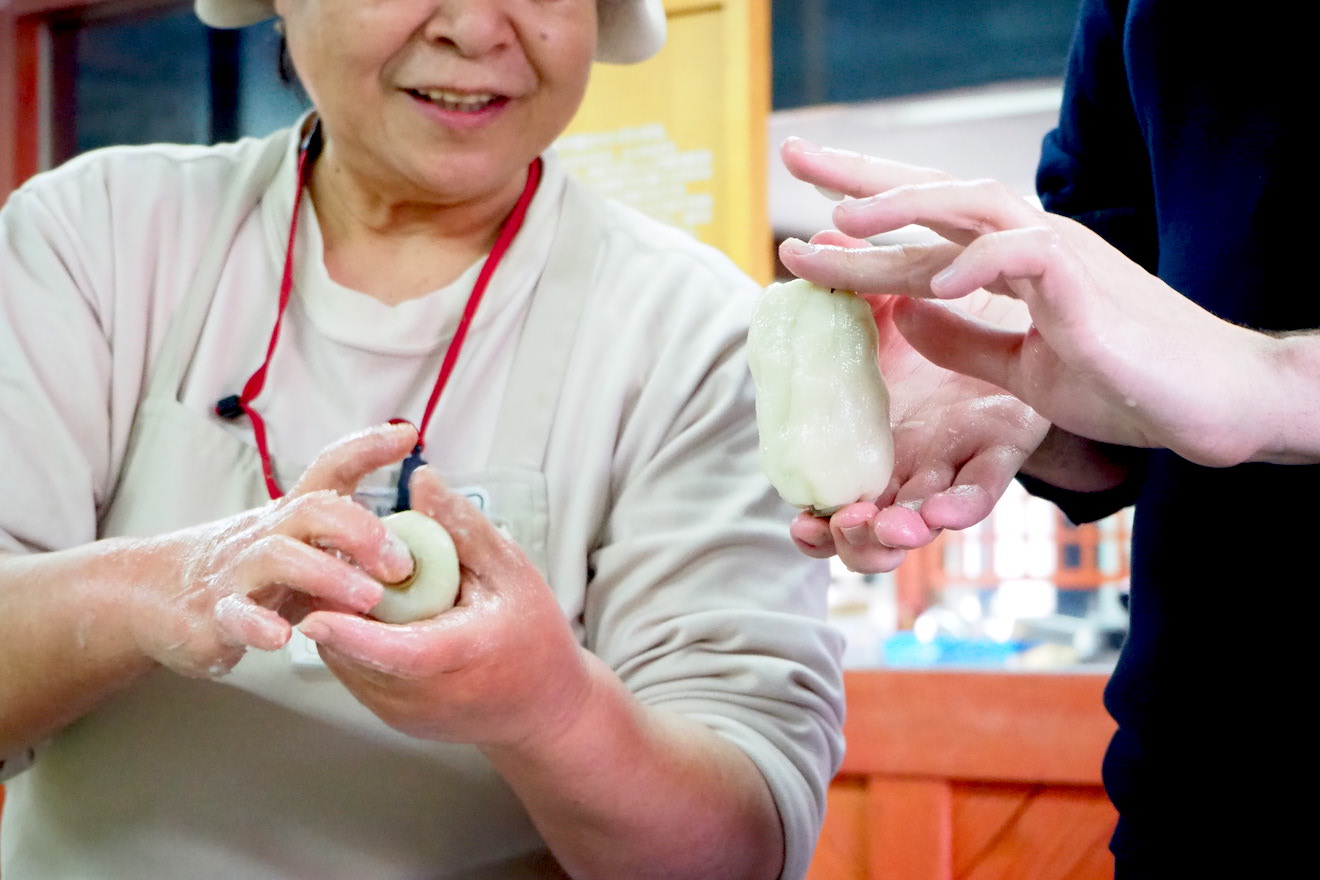
From Surimi to Bamboo Rings
While I am far from a chikuwa fanatic, I have been known to enjoy the jellied bite of fish paste cake. Most often, I’ll seek out a loose chikuwa swimming in a steaming bowl of oden (soy-based one-pot stew). The base for all chikuwa is the surimi (ground meat)—usually produced from the combination of several varieties of white fish, egg whites, starch, salt and sugar. At Amochinmi’s facilities the white fish used is a mix of sea bream, cod and croaker, which together formulates their original surimi.
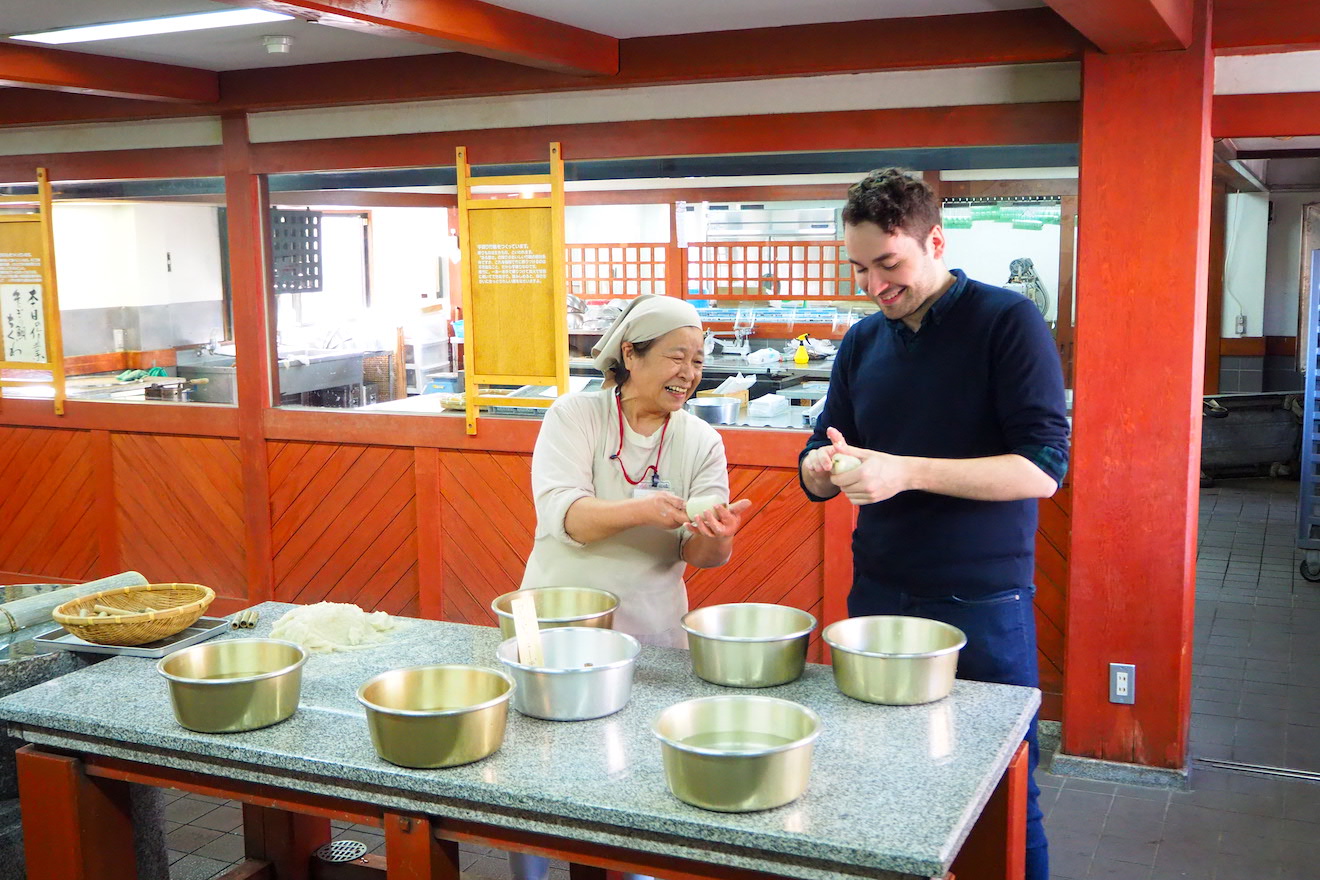
When I joined the staff of Amochinmi for my chikuwa lesson, I found the surimi had already been prepared and placed on one of the workroom’s stainless-steel tables. Our task was to form the paste into the proper shape and then broil the finished product—easier said than done.
My teacher guided me through each step with a smile and encouragement. First, I took a handful of the surimi and placed it around a short bamboo stick. The stick ensures the chikuwa is cooked through and gives the finished product its signature tube shape. The name Chikuwa actually derives from the word “bamboo ring,” which the finished fish cake resembles when sliced.
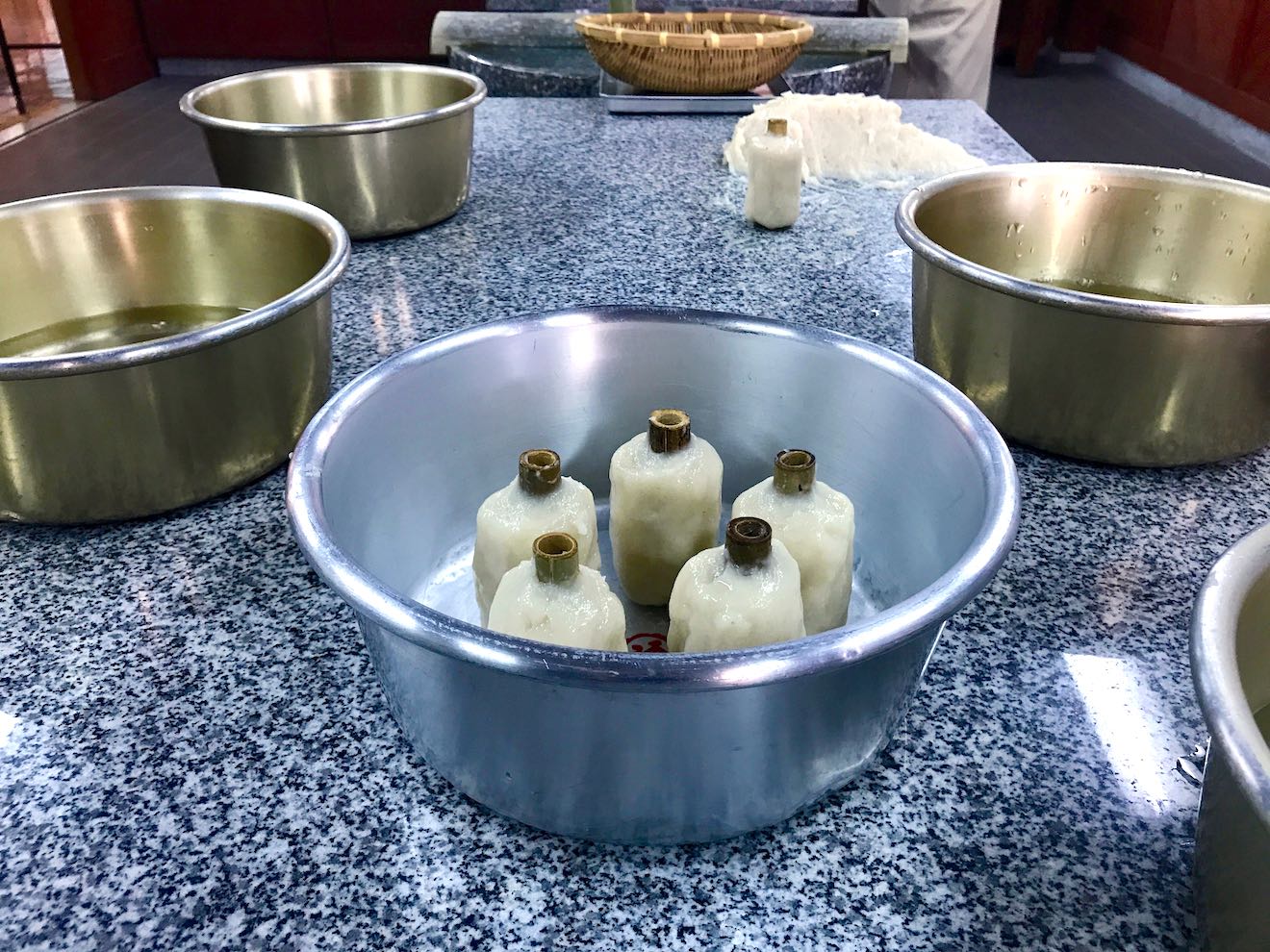
Holding the stick in the palm of my hand, I used a delicate finger technique to work the surimi, pushing out air bubbles and evening out the thickness across the stick. While my first attempt turned out comically lopsided, with some tips from the teacher I managed a commendable second and third stick.
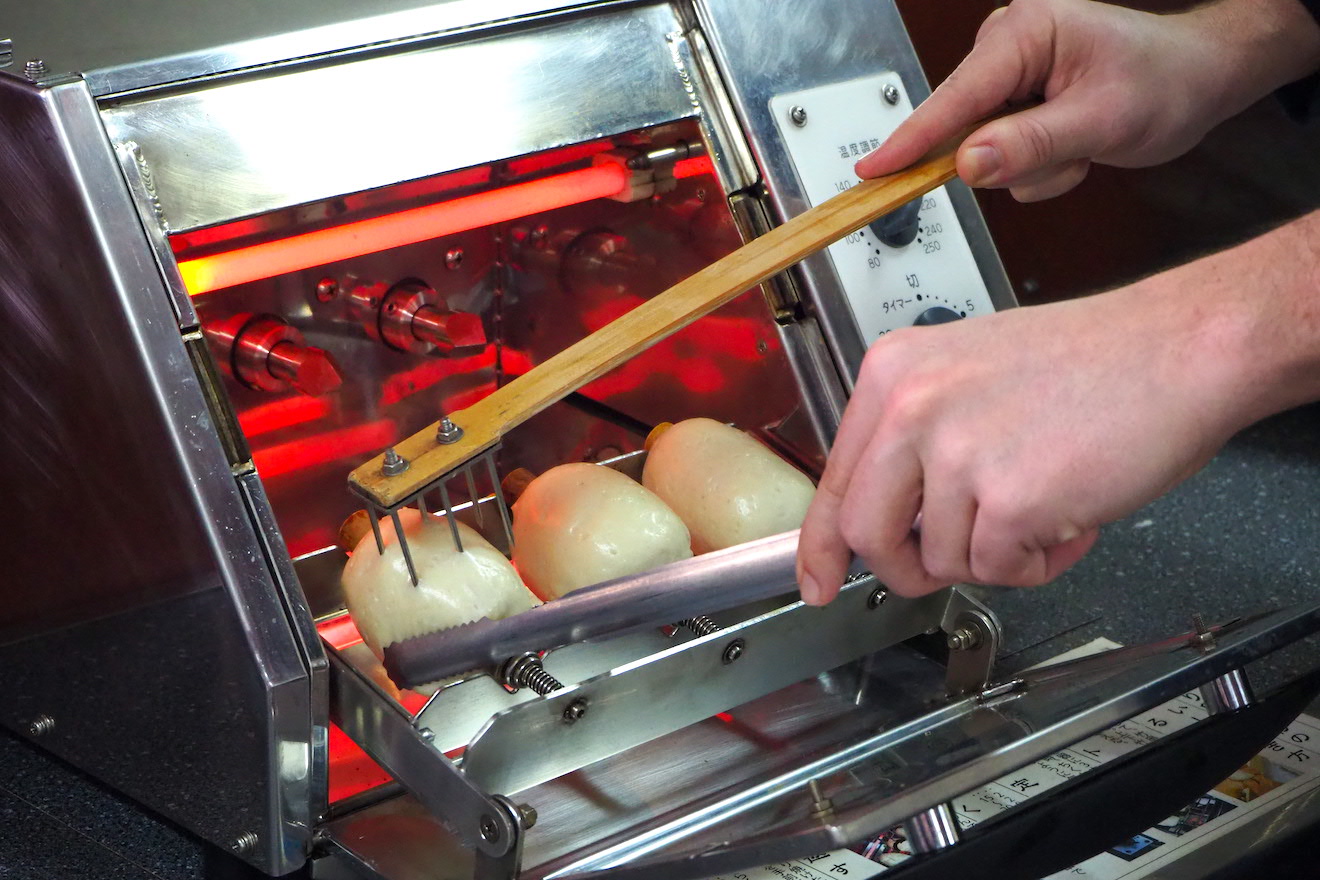
Tasting Your Chikuwa Creations
With three sticks ready to go, we turned our attention to the broiling machine. While it only took 20 minutes to cook the chikuwa, it was an involved 20 minutes. Throughout the cooking process bubbles repeatedly grew on the surface, requiring me to open the broiler, flip the stick over and use a custom tool to stab holes in the surimi. By the time the 20 minutes were up, the chikuwa had developed a crisp golden-brown skin. After being left out to cool, however, this skin slowly contracted, eventually creating chikuwa signature wrinkled texture. My teacher congratulated me on the finished products, then went to cook her own, admittedly more professional-looking, batch.
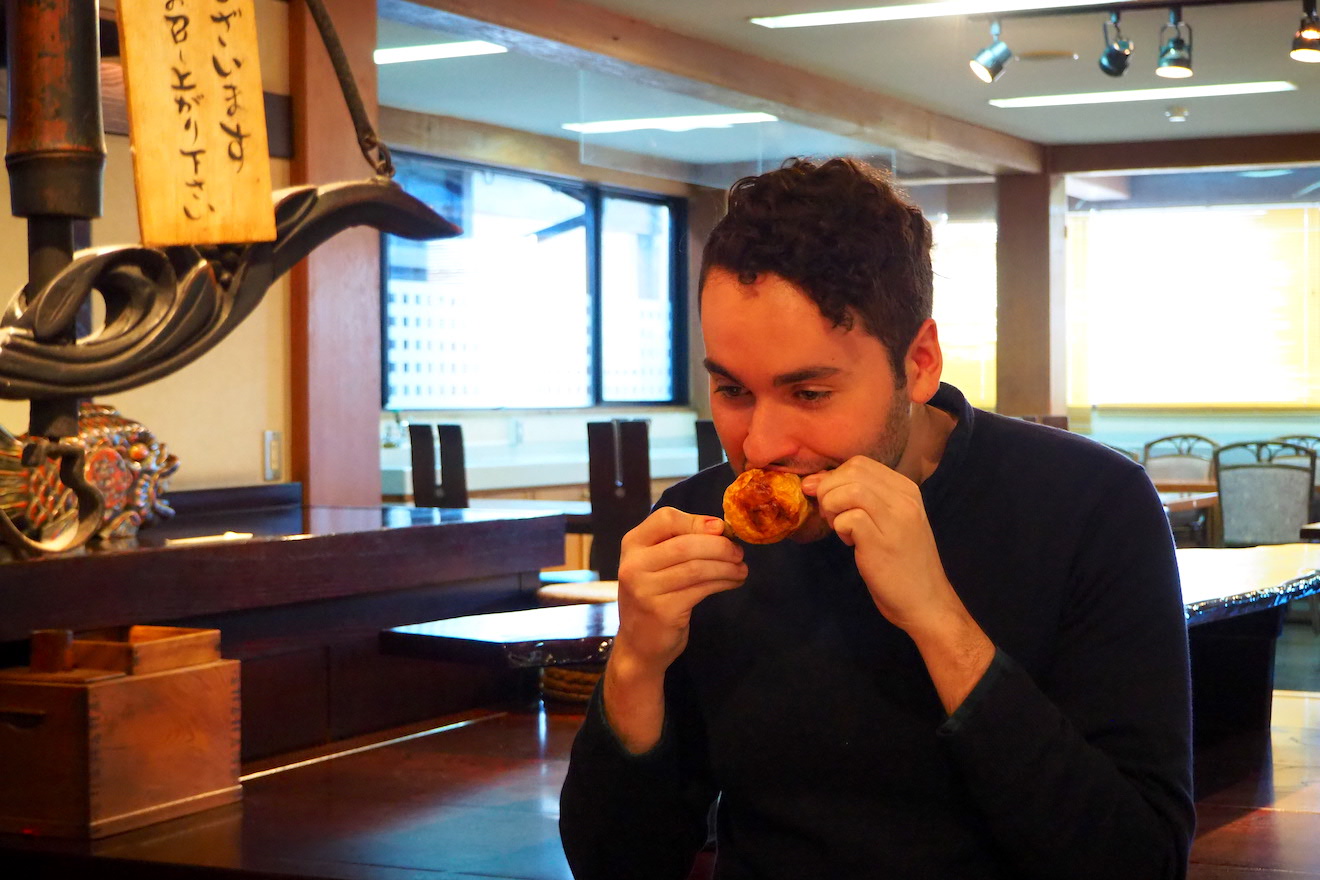
With my three chikuwa in hand, the Amochinmi staff guided me to the shop’s main dining area. Over a hearth I was able to eat my chikuwa hot, fresh off the boiler. I have to say that chikuwa has rarely tasted so good.
Amochinmi
Address/ 1567-1 Ushiroji, Tomo-cho, Fukuyama-shi, Hiroshima
Tel/ +81-84-982-333
Chikuwa-making experience is offered on Saturday, Sunday and Holidays Only.
Parking/ Available.
URL/ http://www.amochinmi.com
Writer name: Andrew Deck
